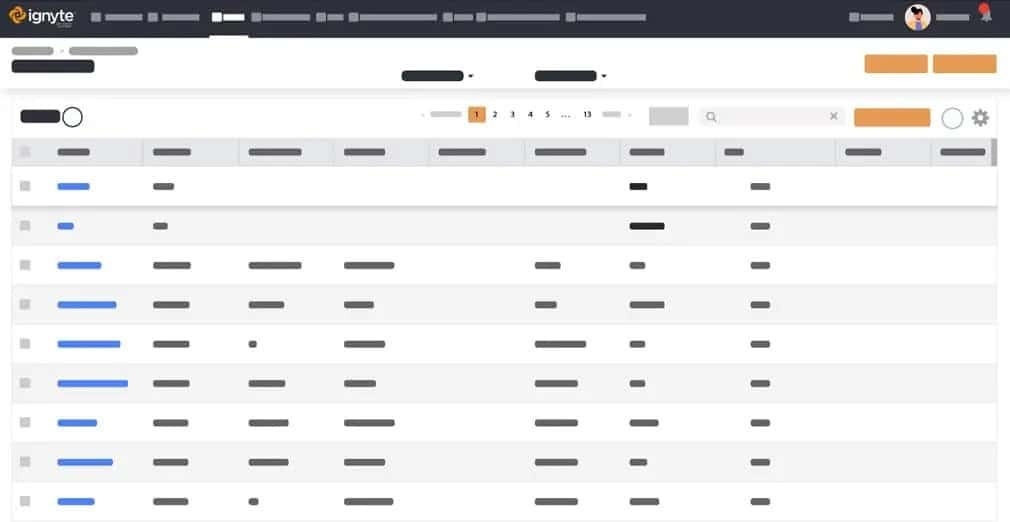 BLUF - Bottom Line Up Front
BLUF - Bottom Line Up Front
A CISO faces many challenges in managing risk, needing to defend against threats like hackers and internal risks while managing sensitive data and compliance. Priorities include developing a security culture, managing security and risk, effectively handling cloud services, gaining comprehensive threat visibility, rethinking perimeter security, managing cloud security, and aligning SecOps with IT operations. It's crucial to foster security awareness across the company, ensure strong identity management, and align IT and security efforts to support business goals.
Let’s face it, being a CISO is no walk in the park when it comes to Risk Management Priorities. There are threats everywhere, stemming from external hackers to internal risks. Sensitive data, including financial and customer information, resides across data centers, workstations, mobile devices, and cloud infrastructure – all requiring meticulous maintenance. Industry regulations and government mandates are stringent, and malicious actors continuously devise new methods to breach internal networks, exploit IoT devices, and jeopardize workplaces through phishing schemes, malware, or ransomware. Amidst all this, CISOs must also reassure customers, insurers, and regulators that their security measures are rock-solid. CISO ultimate guide for top 30 security framework- 2019.
Risk Management Priorities
For the CISO, the challenge lies in setting Risk Management Priorities that align with the big picture, encompassing vital goals such as preserving customer trust and safeguarding the organization’s reputation. To achieve these pivotal objectives, security executives must strategically allocate their time and resources across 7 essential areas that demand attention in 2019.
1. Develop a culture of security
The company’s culture must go hand-in-hand with policies and best practices. Every person within the organization must bear some responsibility for security. CISOs should emphasize the drive toward rapid development using cloud technologies.
2. Security and Risk Management
- Governance and resource requirements
- Security frameworks
- Data protection & training/awareness
- Insider threats and third-party security practices as outsourcing increases.
3. Cloud Services
- Cloud strategy
- Proper selection of services and deployment models
- Scalable and elastic IT-enabled capabilities provided as a service utilizing internet technologies
4. Gain threat visibility across all platforms
Securing your organization effectively hinges on seeing and understanding all data flows. To achieve this, implementing a Common Operational Picture (COP) within your enterprise is essential. It provides comprehensive visibility into the data movement at both network entry and exit points. However, the challenge arises from data being distributed across various tiers of applications, cloud services, and sometimes even residing on unauthorized platforms. This complexity has significantly impacted the CISO’s capacity to consolidate and unify visibility, making it an imperative yet intricate task in today’s evolving digital landscape.
5. Grasp the perimeter
The perimeter is an archaic concept thanks to cloud computing, mobile devices, and IoT. Both security and IT should change their assumptions about traffic, trusted users, and the idea that there is a single demarcation point between public and private clouds. CISOs are now using new tactics to manage those perimeters. Some options are new identity and access management systems that consolidate identities across the enterprise and into the cloud, next-gen firewalls, and attack detection/analysis systems that can advert refined hybrid attacks.
6. Manage security in the cloud
It’s convenient for employees to store and share confidential business information on free file-sharing platforms such as Dropbox, OneDrive or Google Drive. For example, an employee based out of Los Angeles starts to access the company’s cloud-based enterprise financial management from overseas and processes financial transactions five times higher than normal. CISOs are now investing in systems that detect these attacks and take steps such as forcing the use of two-factor authentication and a robust identity plus access management strategy.
7.Align SecOps with IT operations
SecOps often focuses on IT Ops to achieve their goals. SecOps establishes policies, identifies vulnerabilities and any misconfigurations, and then pushes IT Ops to apply patches, utilize baseline configurations and drive updates through the change and control process. CISOs should include DevOps into the conversation because when IT Ops must choose between applying patches, that SecOps needs, or delivering critical applications and infrastructure that DevOps needs. CISOs should expect them to prioritize DevOps’ needs. This is a matter of conflicting priorities, limited resources and supporting business growth.



 BLUF - Bottom Line Up Front
BLUF - Bottom Line Up Front